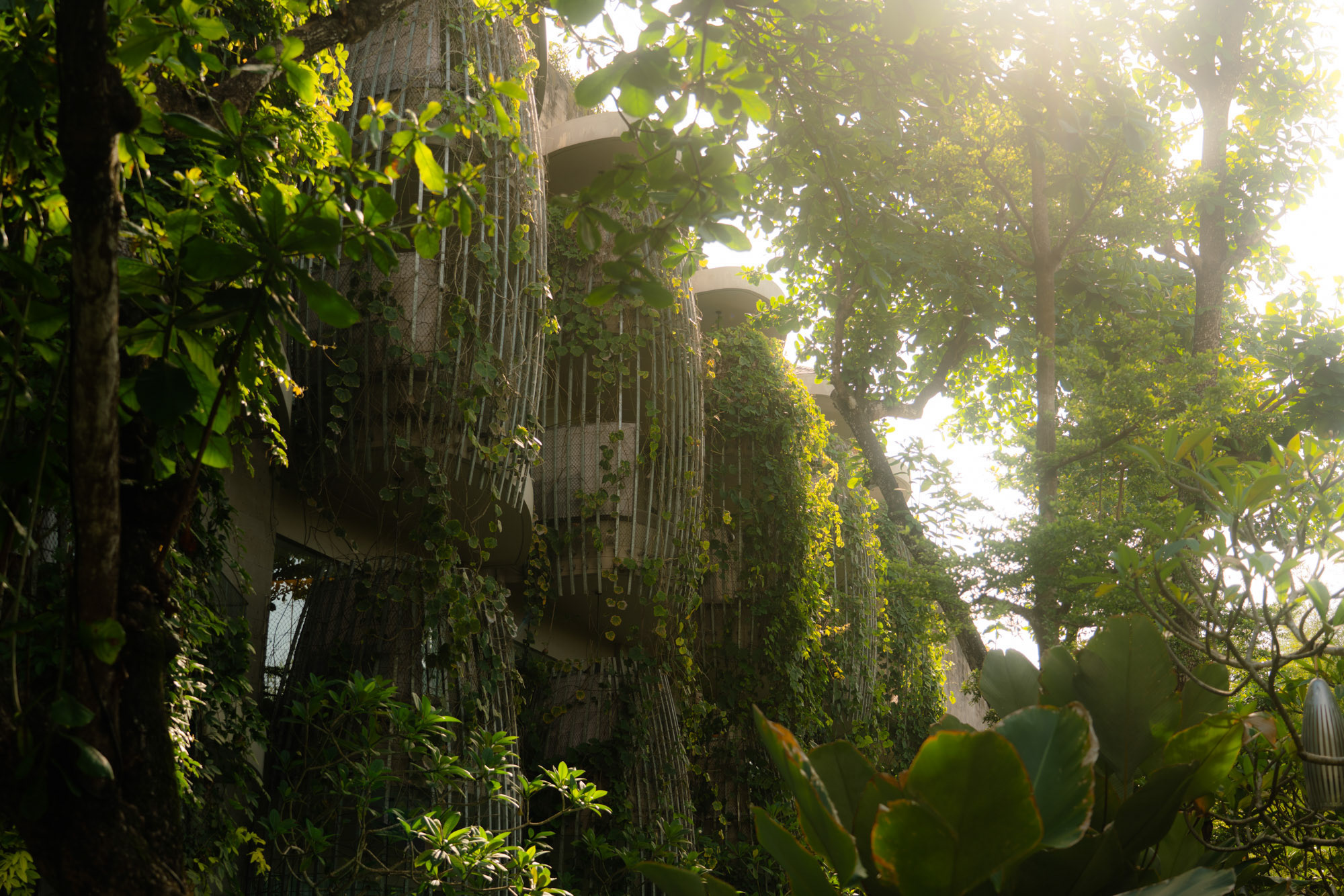
Sorrento (Italy) and Gulf of Naples, the smell of the sea, lemon trees and all kinds of blooming everywhere (2014)
The Fruit that Shines as Brightly as the Sun
by Stefan F. Wirth
The spicy, healing smell of the Mediterranean, rugged rock faces, the scent of many flowers, all year round: that's what I associate with the city of lemons, Sorrento on the Gulf of Naples in Italy. This is where you want to be, where you want to be artistically inspired, where you want to implement research projects. What happens to fallen lemons, I asked myself. They are sour, with a bitter note. Thus which organisms actually decompose these fruits despite of their kid of "inhostility".

*
Are "my" mites involved? Yes, they are, as I found out back in 2006. Reason enough for me to deal with the lemon tree in general today in 2024, based on a small indoor decoration tree from the plant trade. What do the flowers look like? And what about the fruits in different stages of development? And of course I don't want to withhold the mites that I found in Italy from the viewer.








Flower bud



.



Stamens

The play with lights, filters, perspectives and different magnification levels supports me to approach biological features scientifically, morphologically, but also aesthetically. But the fascinating smell of blossoms, fruits and leaves can only be verbally described as something between sweet, inspiring, rotten and fresh.




Stamens



.


Blossom and highlighted stamens
.
The ripening fruits impress by a yellowish-green coloration. But after they fall and begin to decompose, they stepwise get browner and browner until they reach an earthy coloration like the background color of this project.



*
They come riding on an arthropod and continue to develop when conditions are suitable. There are some fungi that Histiostomatidae mites don't like, but they feed on others. These mites control what grows on the rotting lemon very comprehensively to their benefit, using a whole cascade of chemical substances from gland secretions. And also in favor of the successful decomposition of the lemon fruit, whose nutrients are finally released again for the biogeochemical cycle.



SEM of Histiostoma sp. (Histiostoma feroniarum-complex), culture from Sorrento, 2006

© Stefan F. Wirth, 2006 - 2024,
Berlin, Sorrento




